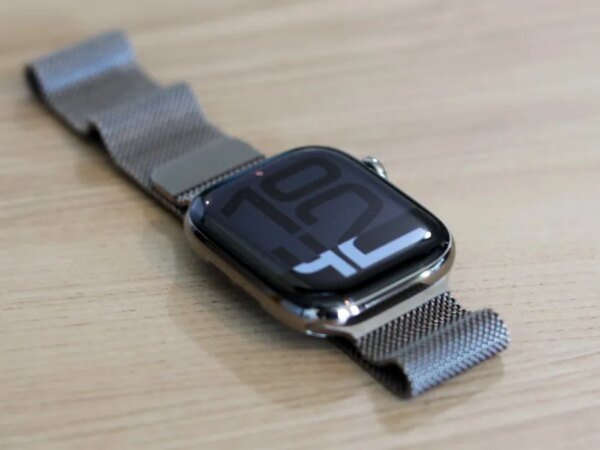Quick Takeaways
-
Jury Verdict: A federal jury ordered Apple to pay $634 million to Masimo for patent infringement related to blood oxygen monitoring technology in the Apple Watch.
-
Masimo’s Statement: Masimo hailed the decision as a vital win for protecting its innovations and emphasized its commitment to defending intellectual property rights.
-
Apple’s Response: Apple plans to appeal the verdict, arguing the relevant patent expired in 2022 and pertains to outdated technology.
-
Ongoing Legal Battle: The dispute centers on pulse oximetry technology, with Masimo accusing Apple of unfair practices, including employee poaching, amidst regulatory bans limiting Apple Watch’s blood oxygen features.
Legal Battle Highlights Innovation Tensions
A federal jury recently ordered Apple to pay $634 million to Masimo due to patent infringement related to blood oxygen monitoring technology. The jury concluded that features found in the Apple Watch’s workout mode and heart rate notifications violate Masimo’s patent. Masimo celebrates this ruling as a pivotal moment in their mission to defend their intellectual property rights. They emphasize that protecting such innovations is essential for developing technology that ultimately benefits patients.
On the other hand, Apple contests the decision. A company spokesperson stated that the patent in question expired in 2022 and pertains to outdated patient monitoring methods. Apple maintains that the lawsuit reflects a misuse of patent laws, aiming to stifle competition rather than foster innovation. This conflict underscores the ongoing tension in the tech industry between protecting intellectual property and driving technological advancement.
Implications for Health Technology
This case has broader implications for medical technology as it highlights the challenges in integrating new features into devices like the Apple Watch. For instance, the U.S. International Trade Commission supported Masimo in banning Apple from importing watches with blood oxygen monitoring capabilities. This decision impacted Apple’s ability to innovate freely. In response, Apple announced a new approach to blood oxygen monitoring that circumvents the import ban by calculating readings through a paired iPhone.
Such maneuvering raises questions about the balance between legal rights and technological progress. As companies navigate these complex legal landscapes, they must consider how their innovations affect consumers and the healthcare industry. The resolution of this dispute may shape future practices in patent enforcement and technological development in the health sector. Ultimately, the outcome could either encourage further advancements or stifle competition, underscoring the delicate interplay between law and innovation in technology.
Continue Your Tech Journey
Explore the future of technology with our detailed insights on Artificial Intelligence.
Stay inspired by the vast knowledge available on Wikipedia.
TechV1

